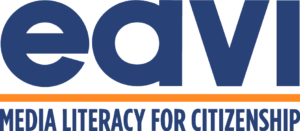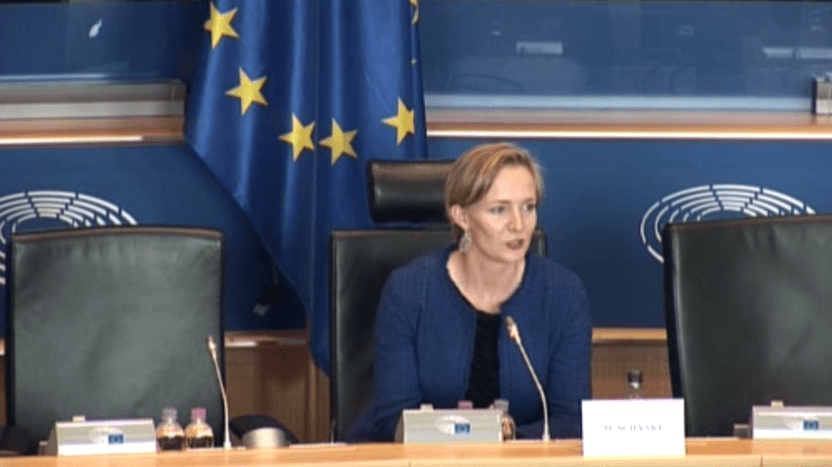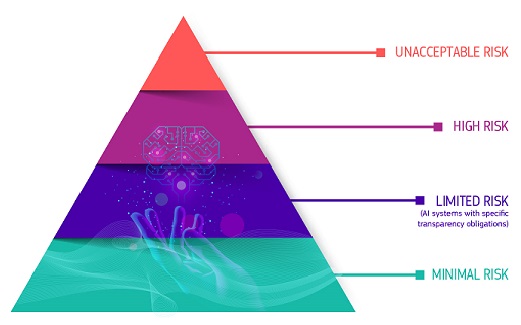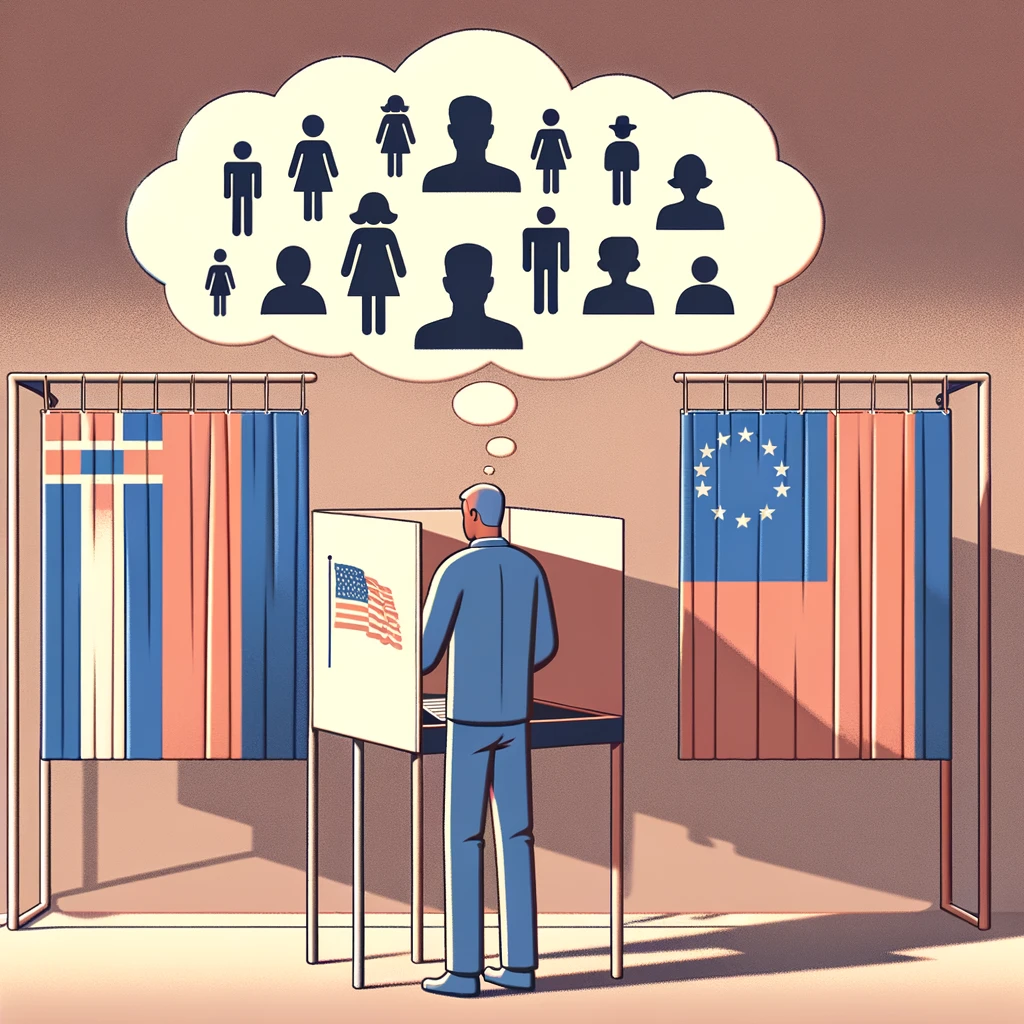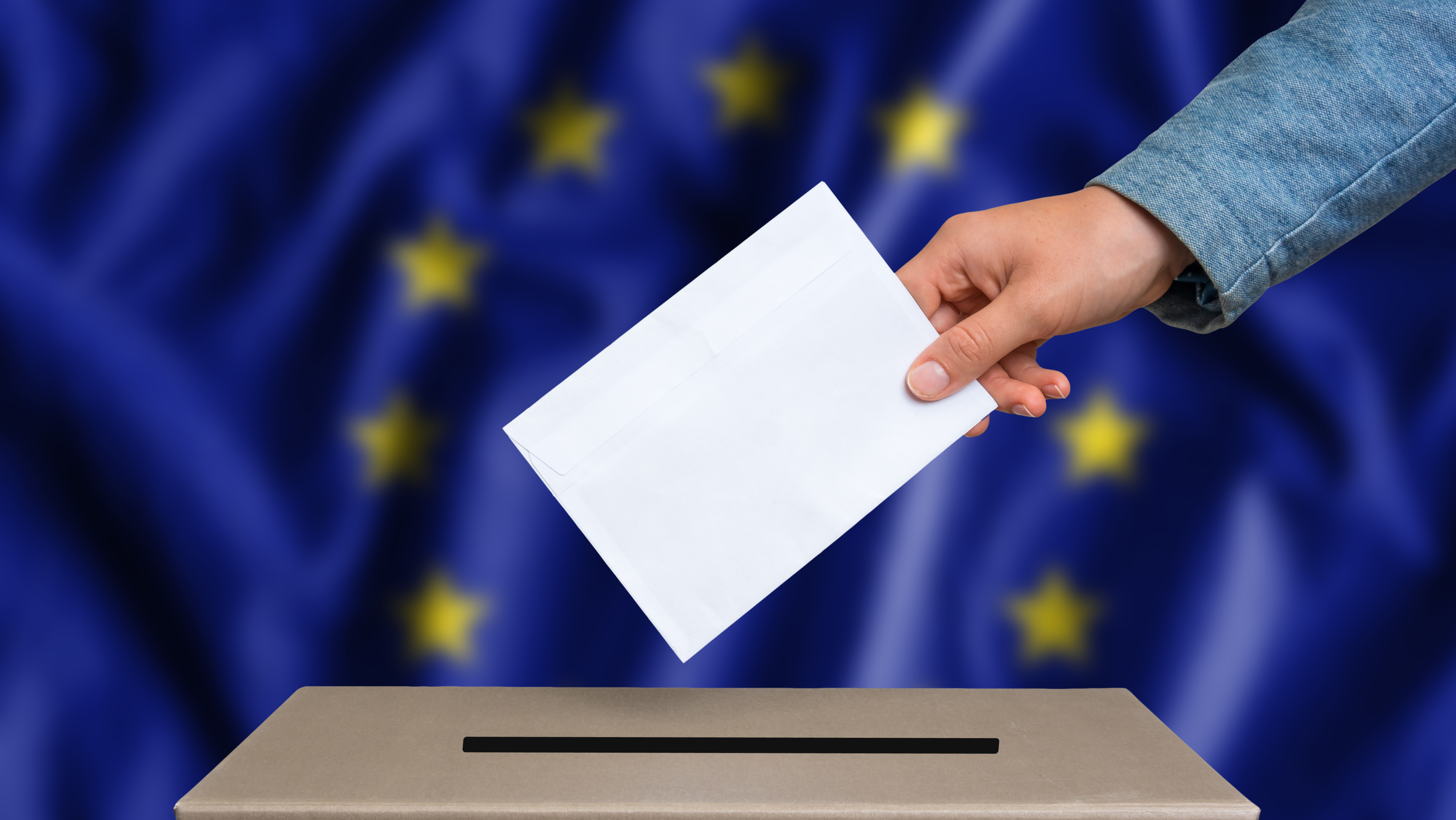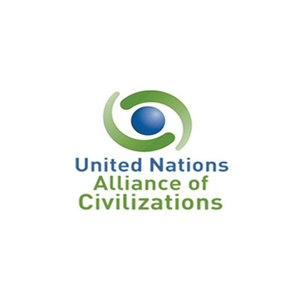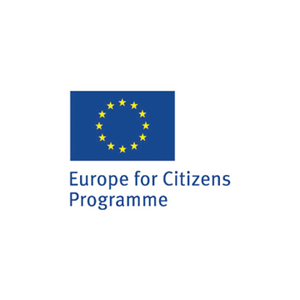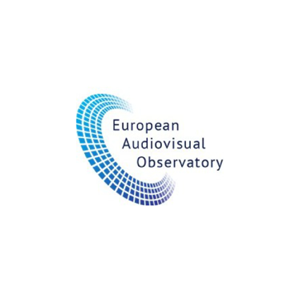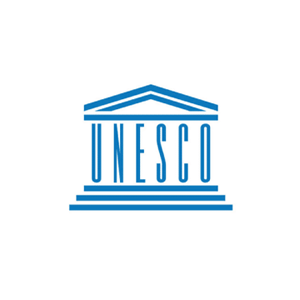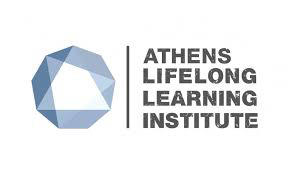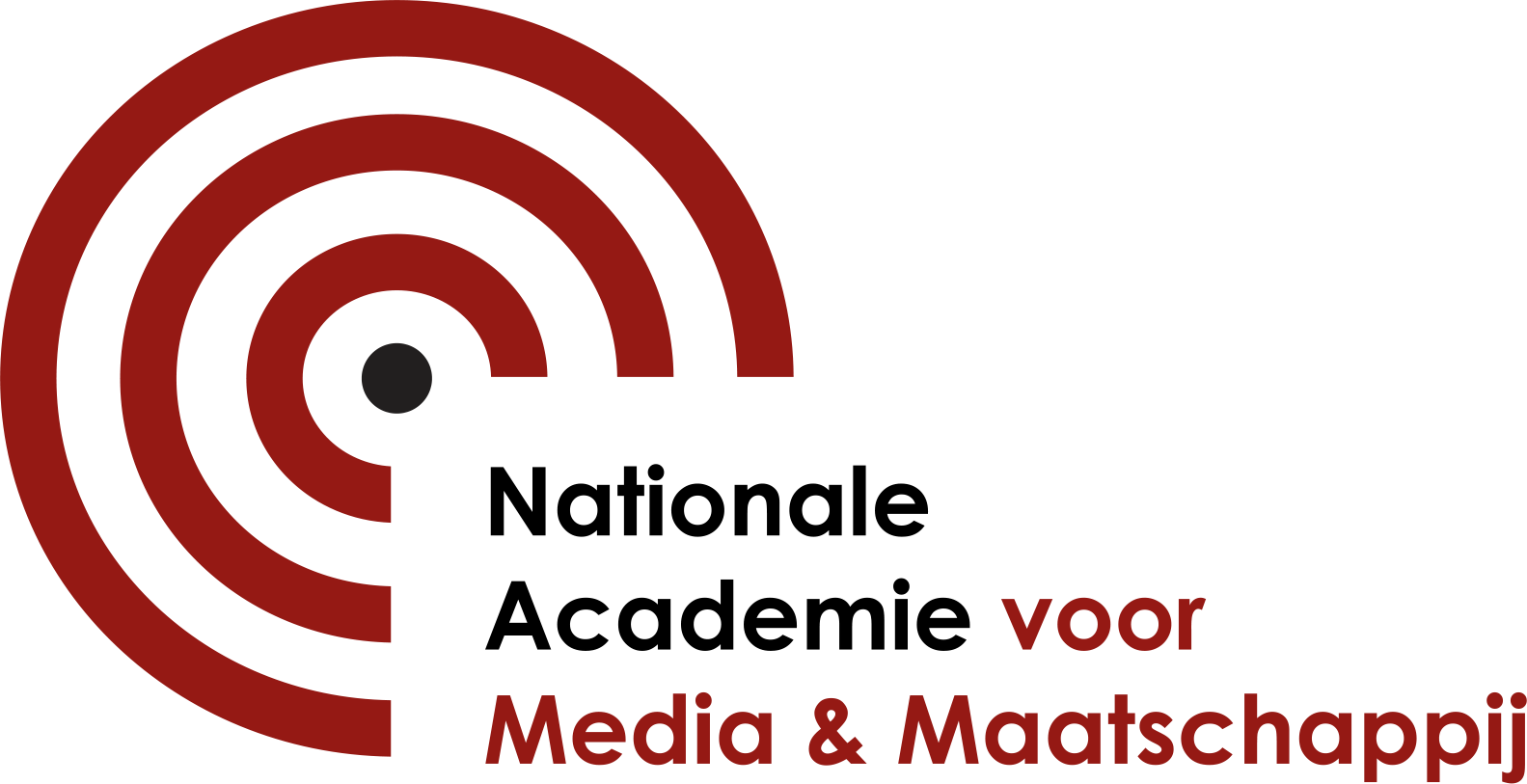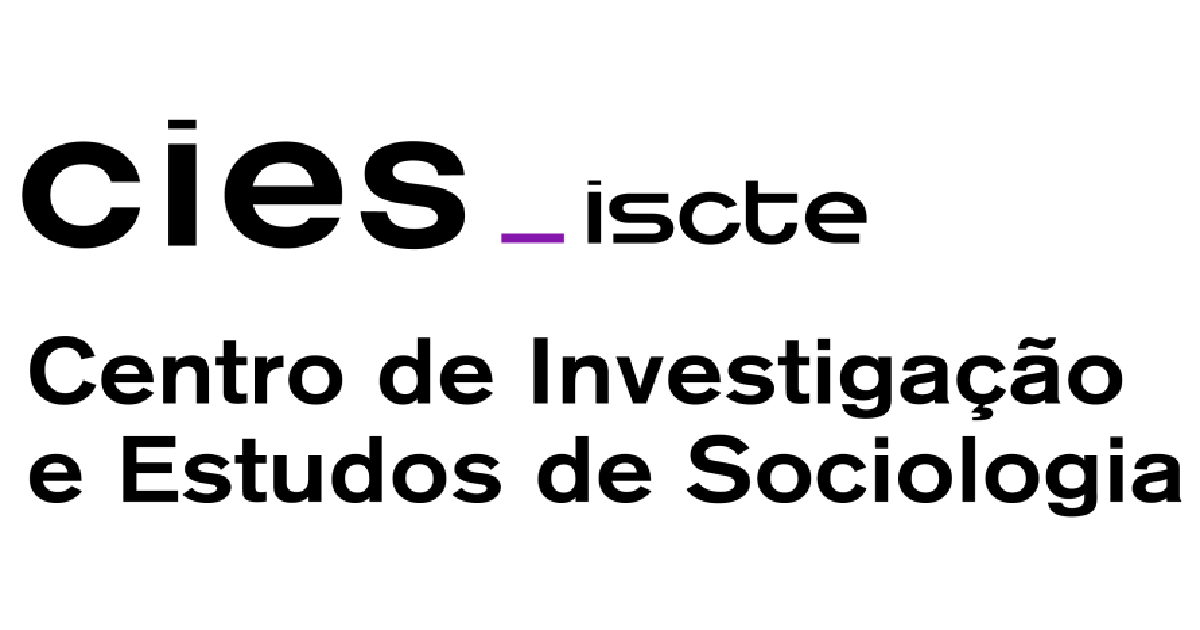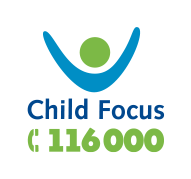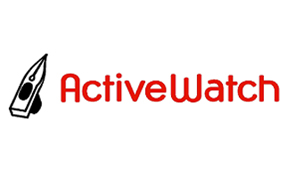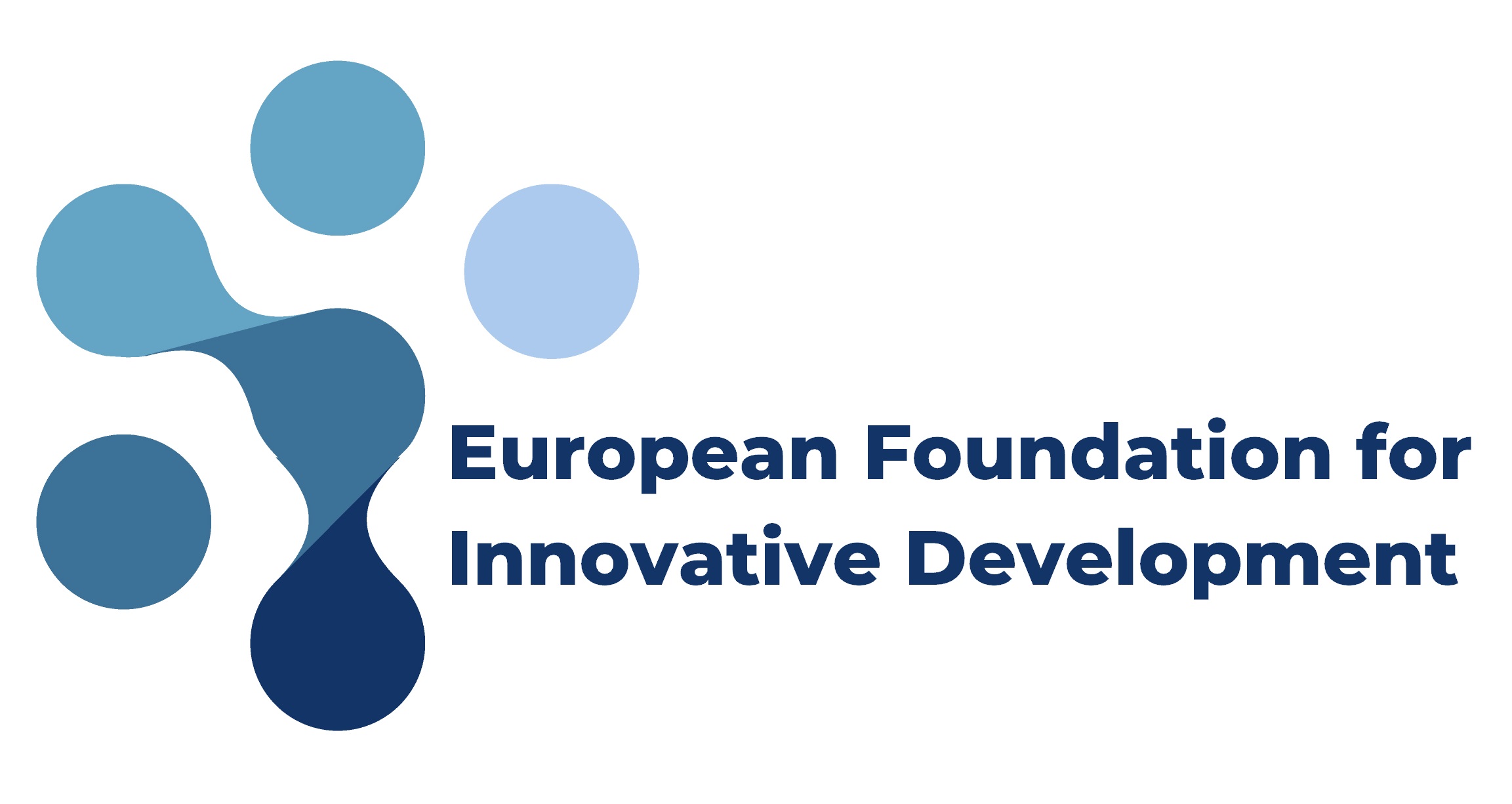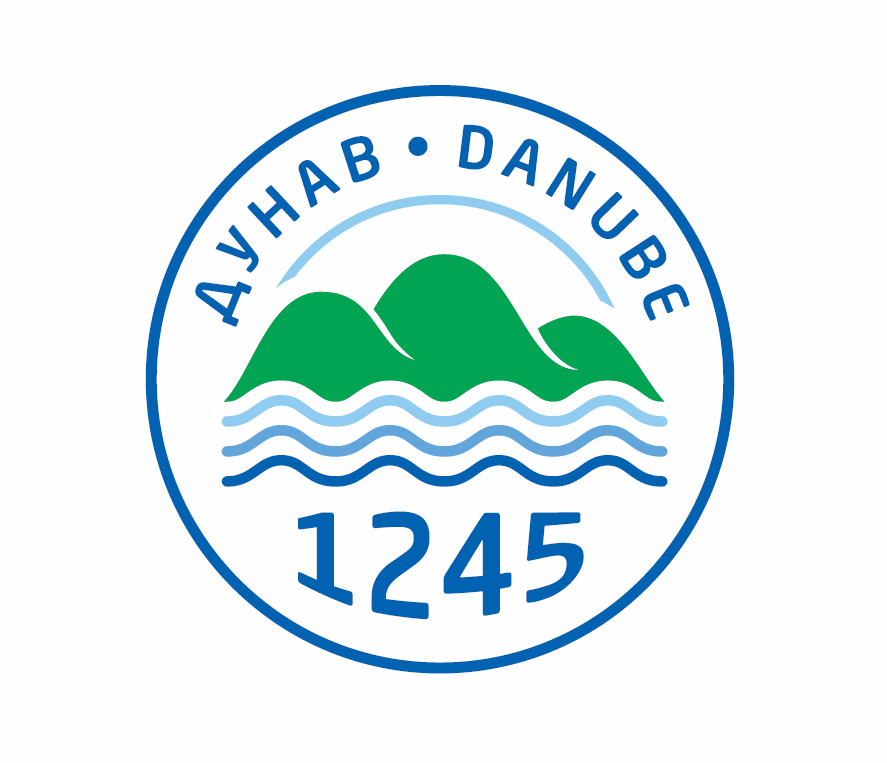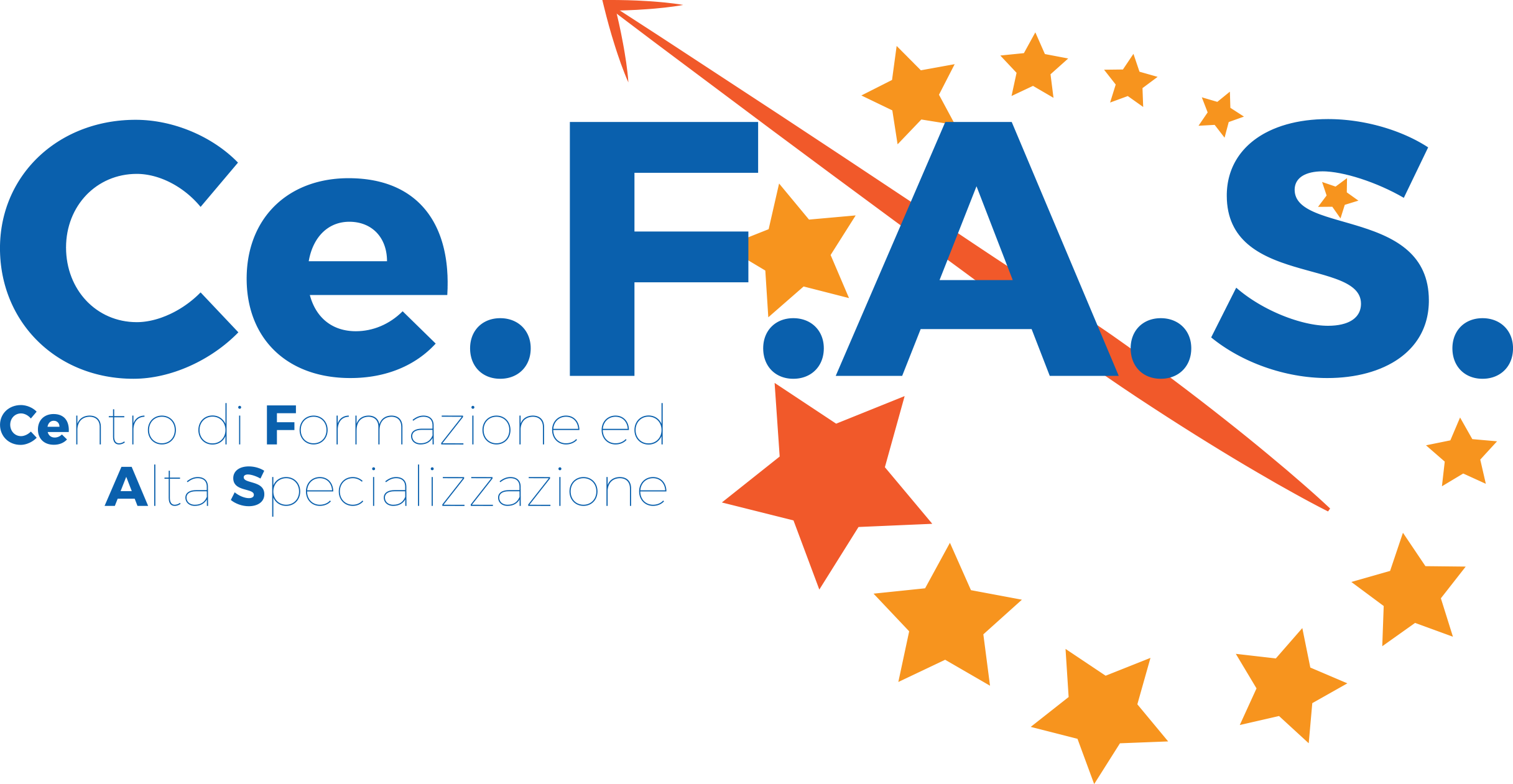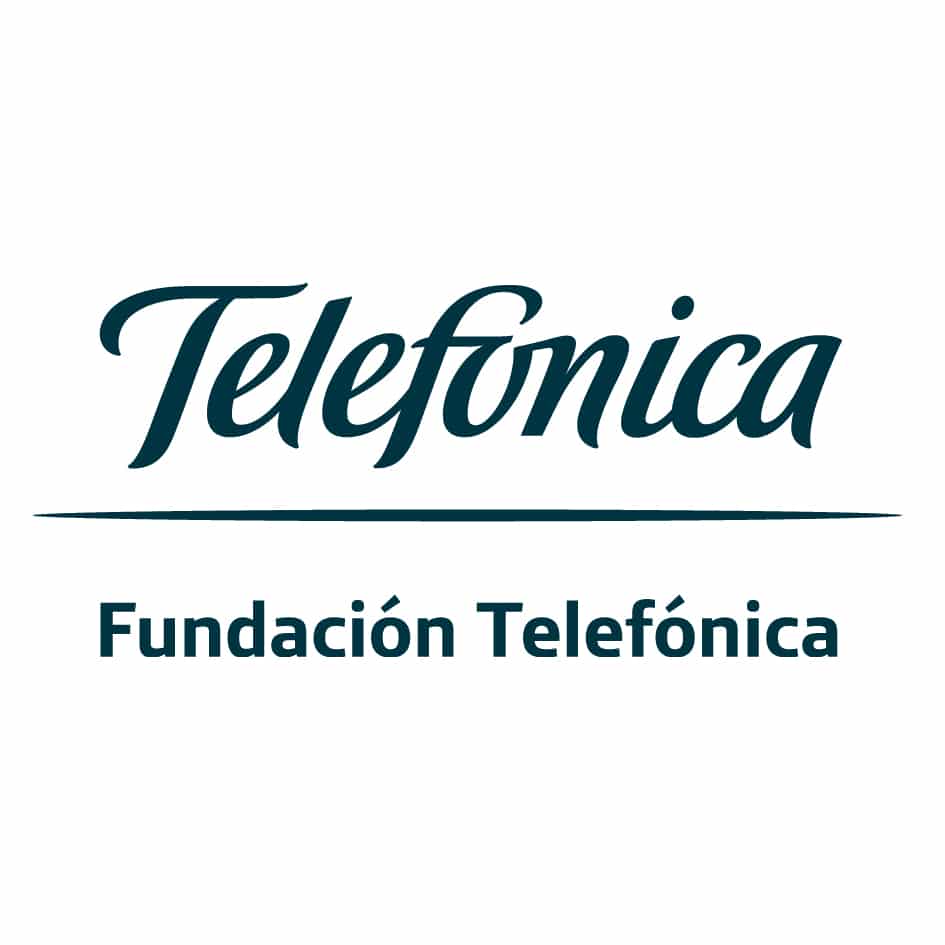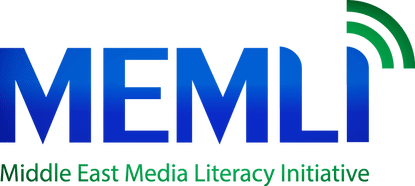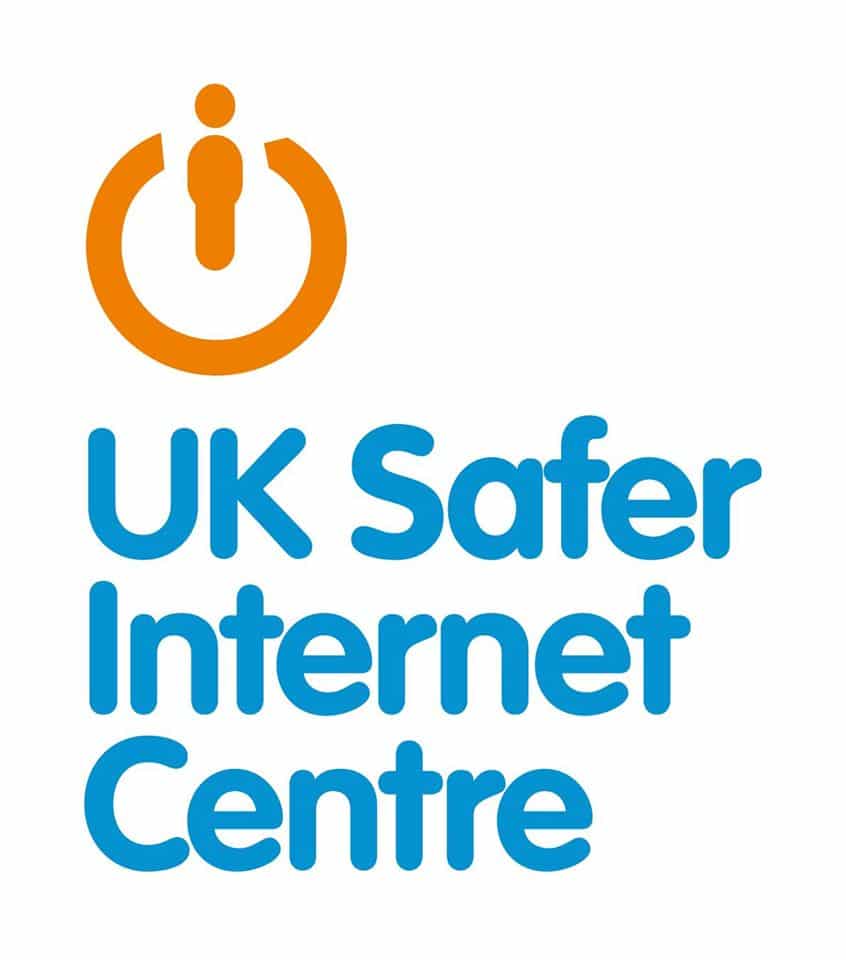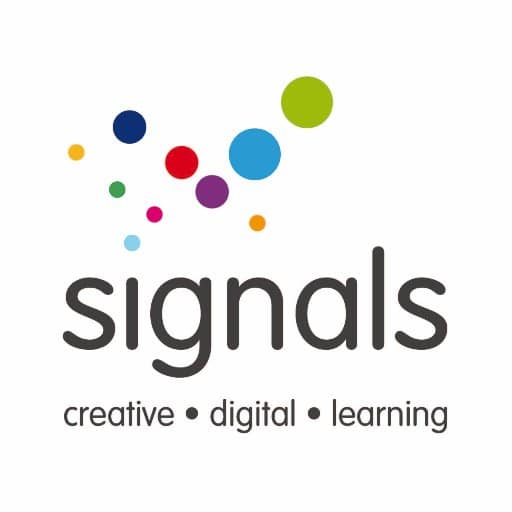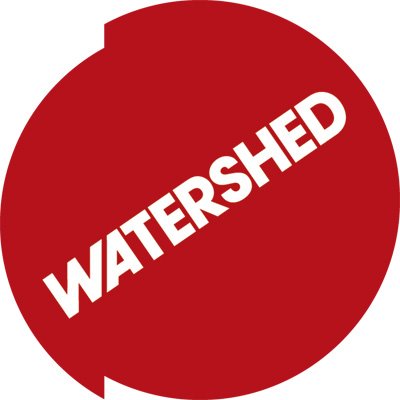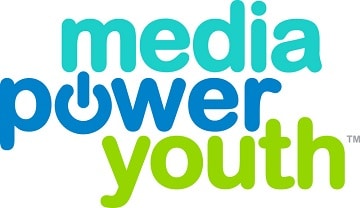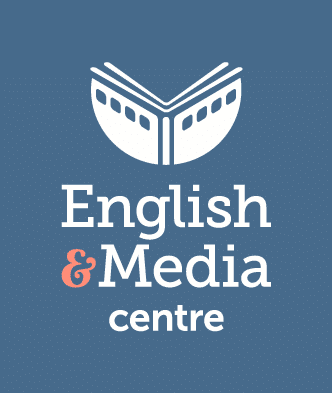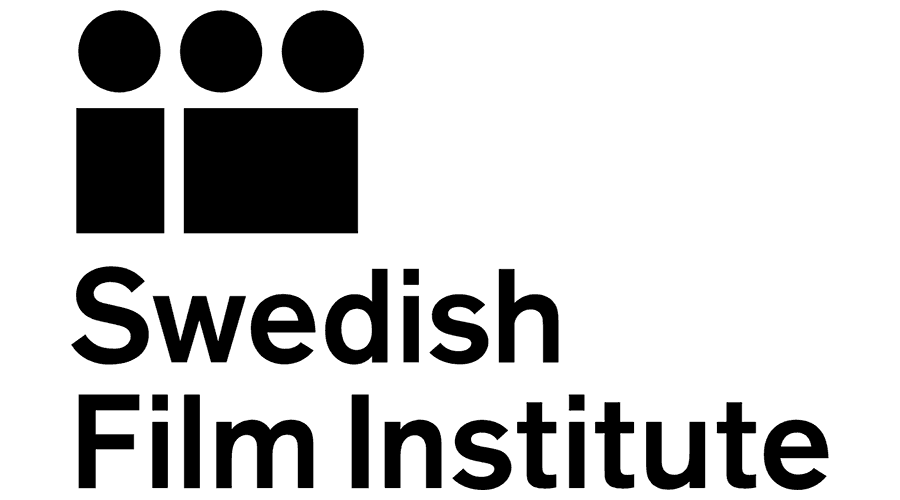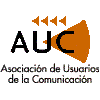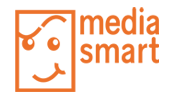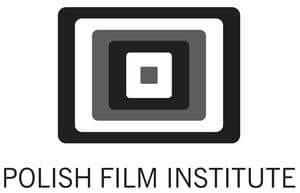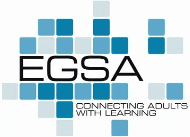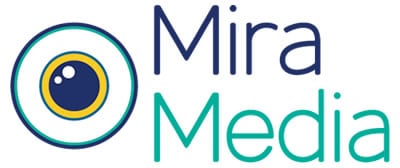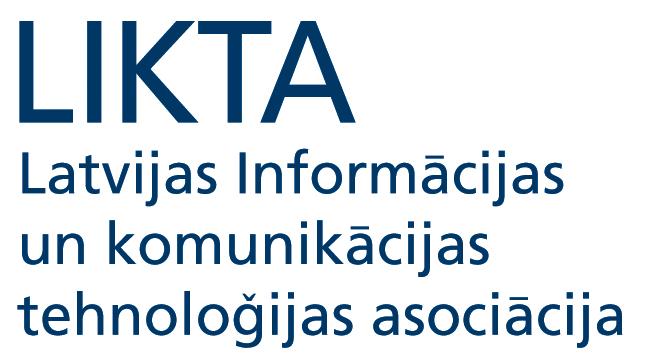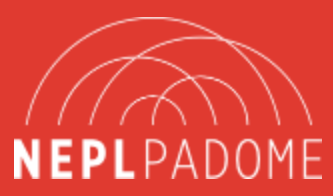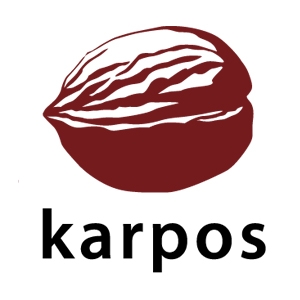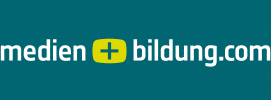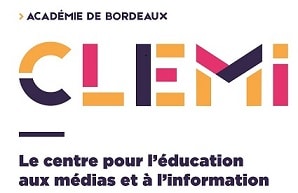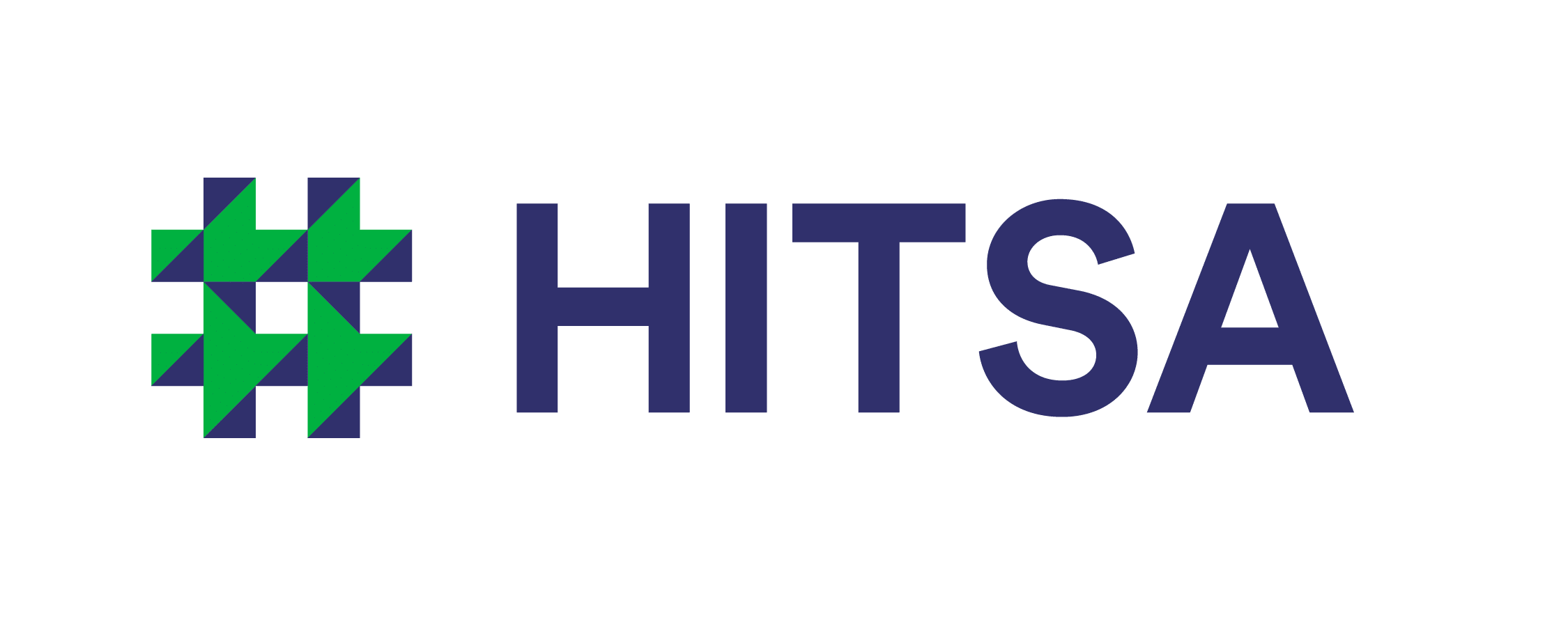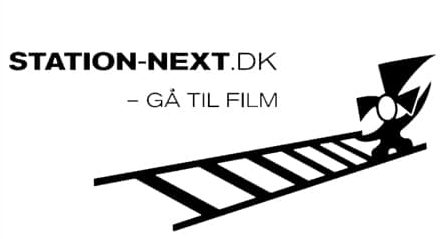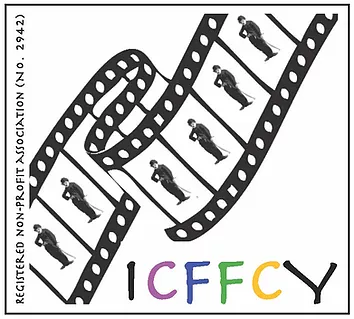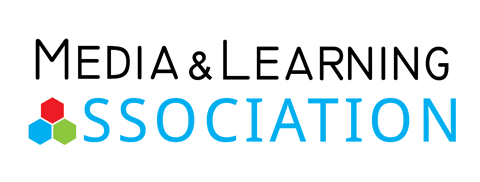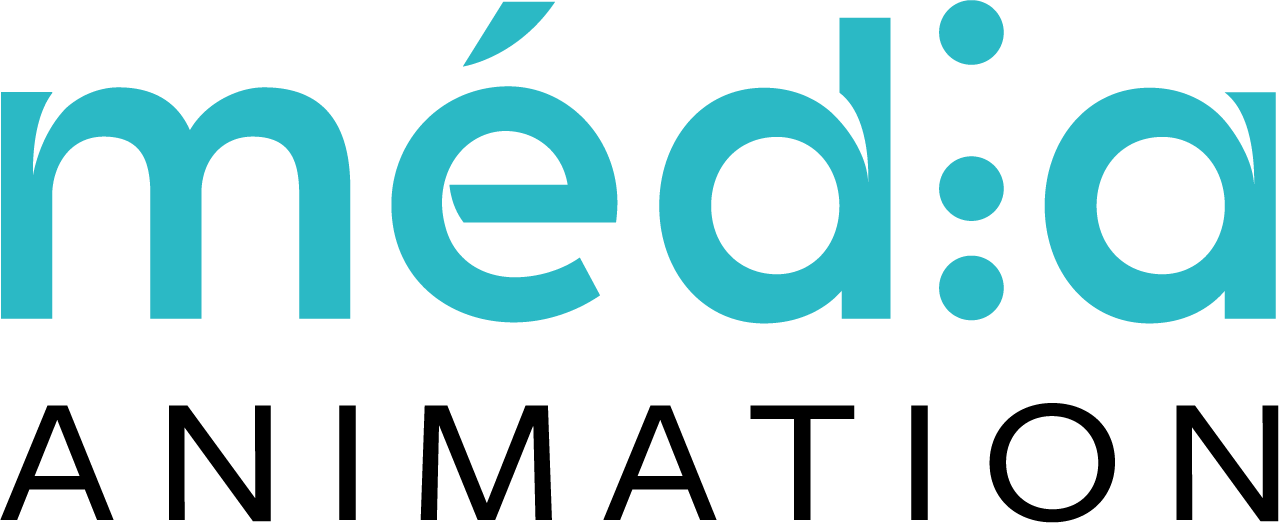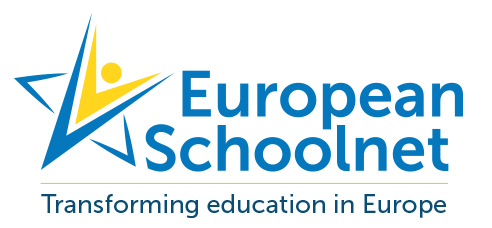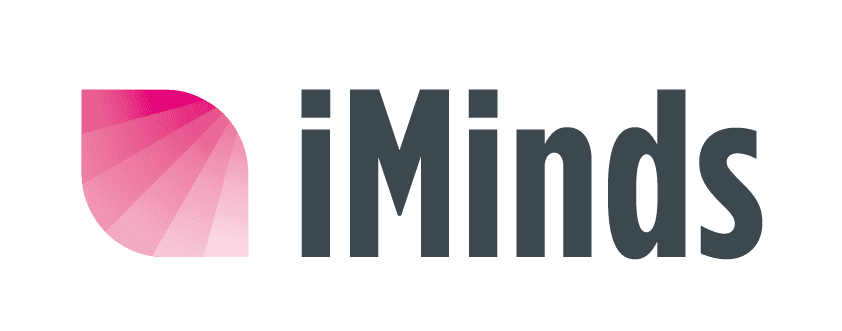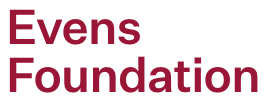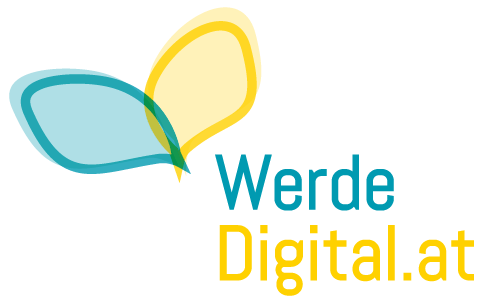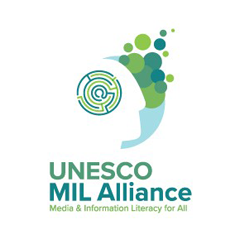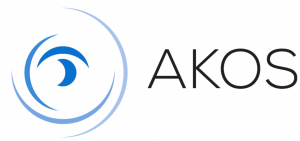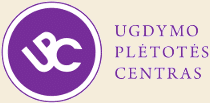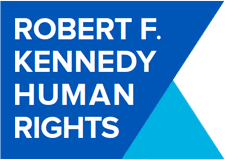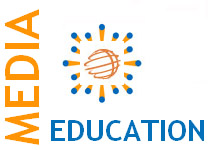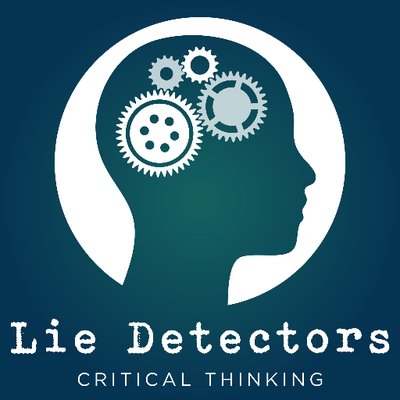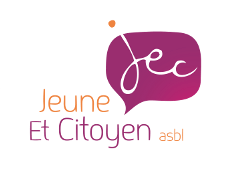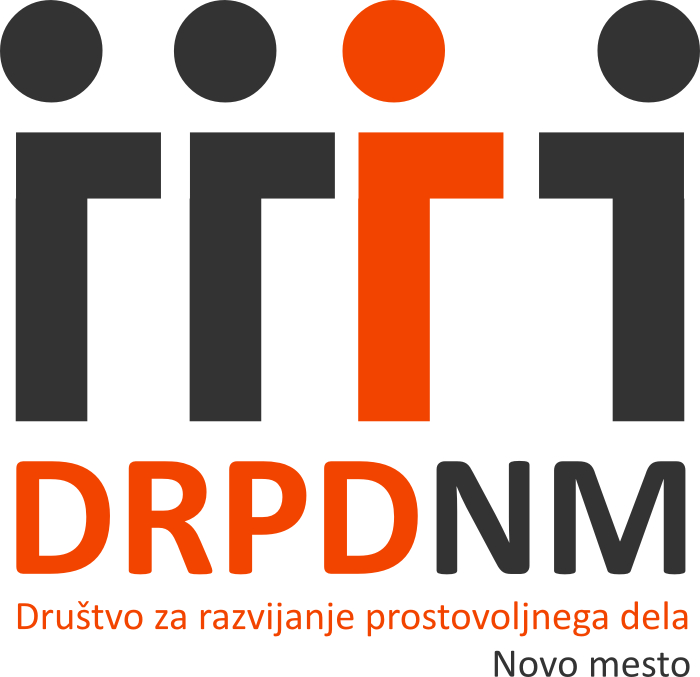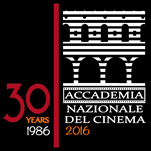Marietje Schaake and Morten Løkkegaard from Alliance of Liberals and Democrats for Europe host “Protecting democracy in a post-truth era” Seminar
On 6 September 2017, a range of experts met to discuss fake news, propaganda and the impact of social media to develop an interdisciplinary approach on how the EU can address issues presented by the current news and information environment.
On the first panel, Lisa-Maria Neudert presented the findings of the Computational Propaganda Project at Oxford University, which concluded that although “junk news” is much more prevalent in the US than in Europe, it is still quite widely shared.
Vincent Fella Hendricks from Copenhagen University’s Center for Information and Bubble Studies (CIBS) gave an interesting talk on the idea of “bubbles” and unregulated markets. Hendricks suggested that, like financial markets, there are assets on the “information market” that can overheat. The number one asset in the information market is attention. Attention means money, power and influence and like, financial markets, the information market is unevenly distributed with 95% of online traffic going to around five different websites or platforms (Facebook, YouTube, Instagram etc…).
This idea brings to mind Herbert A. Simon’s quote, “In an information-rich world, the wealth of information means a dearth of something else: a scarcity of whatever it is that information consumes. What information consumes is rather obvious: it consumes the attention of its recipients. Hence a wealth of information creates a poverty of attention and a need to allocate that attention efficiently among the overabundance of information sources that might consume it.” Hendricks’ presentation on the third panel begins at 2:01:34 and is well worth your attention.
Prabhat Agarwal of DG Connect also joined the third panel and discussed the potential of digital media literacy to combat the influence of fake news, saying “we can’t solve all the problems with digital media literacy but one thing we can do is determine what is actually the state of digital media literacy in Europe before we determine that changes are needed in terms of funding.” Prefacing his remarks that this was his view and not the view of the Commission he also stated “the way that you vaccinate society against fake news is by educating them with critical thinking. This is the true sustainable strategy.”
Marietje Schaake and Morten Løkkegaard from Alliance of Liberals and Democrats for Europe host “Protecting democracy in a post-truth era” Seminar
On 6 September 2017, a range of experts met to discuss fake news, propaganda and the impact of social media to develop an interdisciplinary approach on how the EU can address issues presented by the current news and information environment.
On the first panel, Lisa-Maria Neudert presented the findings of the Computational Propaganda Project at Oxford University, which concluded that although “junk news” is much more prevalent in the US than in Europe, it is still quite widely shared.
Vincent Fella Hendricks from Copenhagen University’s Center for Information and Bubble Studies (CIBS) gave an interesting talk on the idea of “bubbles” and unregulated markets. Hendricks suggested that, like financial markets, there are assets on the “information market” that can overheat. The number one asset in the information market is attention. Attention means money, power and influence and like, financial markets, the information market is unevenly distributed with 95% of online traffic going to around five different websites or platforms (Facebook, YouTube, Instagram etc…).
This idea brings to mind Herbert A. Simon’s quote, “In an information-rich world, the wealth of information means a dearth of something else: a scarcity of whatever it is that information consumes. What information consumes is rather obvious: it consumes the attention of its recipients. Hence a wealth of information creates a poverty of attention and a need to allocate that attention efficiently among the overabundance of information sources that might consume it.” Hendricks’ presentation on the third panel begins at 2:01:34 and is well worth your attention.
Prabhat Agarwal of DG Connect also joined the third panel and discussed the potential of digital media literacy to combat the influence of fake news, saying “we can’t solve all the problems with digital media literacy but one thing we can do is determine what is actually the state of digital media literacy in Europe before we determine that changes are needed in terms of funding.” Prefacing his remarks that this was his view and not the view of the Commission he also stated “the way that you vaccinate society against fake news is by educating them with critical thinking. This is the true sustainable strategy.”
Marietje Schaake and Morten Løkkegaard from Alliance of Liberals and Democrats for Europe host “Protecting democracy in a post-truth era” Seminar
On 6 September 2017, a range of experts met to discuss fake news, propaganda and the impact of social media to develop an interdisciplinary approach on how the EU can address issues presented by the current news and information environment.
On the first panel, Lisa-Maria Neudert presented the findings of the Computational Propaganda Project at Oxford University, which concluded that although “junk news” is much more prevalent in the US than in Europe, it is still quite widely shared.
Vincent Fella Hendricks from Copenhagen University’s Center for Information and Bubble Studies (CIBS) gave an interesting talk on the idea of “bubbles” and unregulated markets. Hendricks suggested that, like financial markets, there are assets on the “information market” that can overheat. The number one asset in the information market is attention. Attention means money, power and influence and like, financial markets, the information market is unevenly distributed with 95% of online traffic going to around five different websites or platforms (Facebook, YouTube, Instagram etc…).
This idea brings to mind Herbert A. Simon’s quote, “In an information-rich world, the wealth of information means a dearth of something else: a scarcity of whatever it is that information consumes. What information consumes is rather obvious: it consumes the attention of its recipients. Hence a wealth of information creates a poverty of attention and a need to allocate that attention efficiently among the overabundance of information sources that might consume it.” Hendricks’ presentation on the third panel begins at 2:01:34 and is well worth your attention.
Prabhat Agarwal of DG Connect also joined the third panel and discussed the potential of digital media literacy to combat the influence of fake news, saying “we can’t solve all the problems with digital media literacy but one thing we can do is determine what is actually the state of digital media literacy in Europe before we determine that changes are needed in terms of funding.” Prefacing his remarks that this was his view and not the view of the Commission he also stated “the way that you vaccinate society against fake news is by educating them with critical thinking. This is the true sustainable strategy.”
